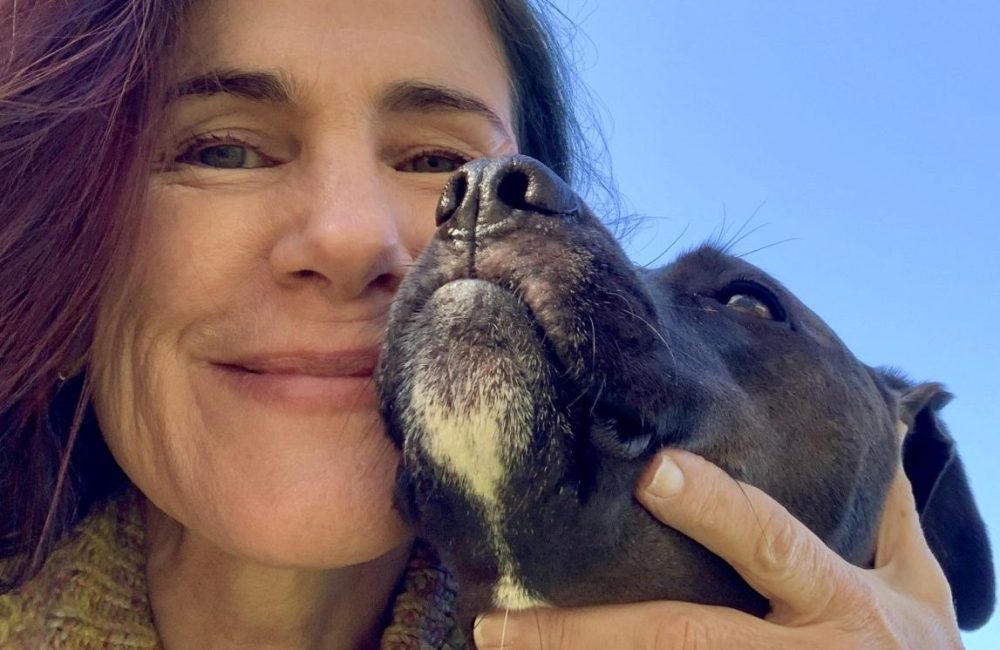What's your idea of a great library?
Category: Spirit
South Africa: Helena Olwage’s Story and a Book Review + Podcast
Have you been surprised by animals being more perceptive than they look?
Ableism: Discrimination Against Disabled by TheWheelchairTeen + Pod
What do you think about media depictions of disabled people?
Cancer’s 3 Blessings
What has a challenge taught you?
To Dance Argentine Tango is a Miracle: 2 videos by da-AL
Does your pet like to dance?

